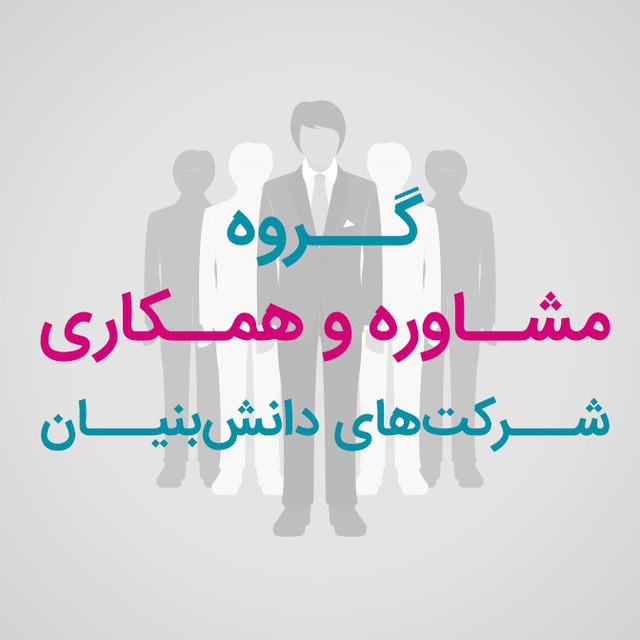Pajhwok trade
Despite the pursuit of the private sector, it was still approved with flaws.
Instructions on how to return foreign currency from exports were announced
In a circular, the central bank announced the method of returning foreign currency from exports to the country’s economic cycle. In this circular, all exporters are required to provide an obligation to return foreign currency, and the central bank is obligated to provide foreign currency only for the import of goods and services to exporters who have the method of returning foreign currency. to the economic cycle according to the structure determined in the instructions of this bank.
It is stated in this circular; In the implementation of Clause 1 of Decree No. 97405 dated 23/07/1397 of the Supreme Council of Economic Coordination and according to the decisions of the Committee of Clause 2 of the said Decree on the one hand and in order to facilitate the implementation of Directive No. 210782/97 dated 20/06/1397 on the other hand Hereby, the method of returning foreign currency from exports to the economic cycle of the country is announced as follows:
1- All the exporters of goods and services are required to provide a commitment to return the currency obtained from their exports to the economic cycle of the country.
2- The central bank is obliged to allocate and provide foreign currency only for the import of goods and services of exporters whose return method to the economic cycle of the country is clear according to the structure below.
3- The return of foreign currency from the exports of exporters whose total annual exports are up to one million euros, more than one million euros to three million euros, more than three million euros to ten million euros, and more than ten million euros as follows:
A) up to one million euros
• It is exempt from the sale of currency in the Nima system.
• In exchange for the import of goods and services needed for your production or business cycle, use it after placing an order (imports against your exports).
• Directly hand over to other importers for the import of goods with the approval of the Ministry of Industry, Mines and Trade after registering the order (imports versus non-exports).
• To supply in the form of remittances or bank notes to authorized banks and exchanges by registering in the Currency Monitoring System (SNA).
b) More than one million euros to three million euros
• They are obliged to hand over 50% of the export currency to the NIMA system.
Note: Up to one million is exempt from selling foreign currency in the Nima system.
• The rest of the currency should be returned to the economic cycle in the following ways:
• In exchange for the import of goods and services needed for your production or business cycle, use it after placing an order (imports against your exports).
• Directly hand over to other importers for the import of goods with the approval of the Ministry of Industry, Mines and Trade after registering the order (imports versus non-exports).
• To supply in the form of remittance or bank notes to authorized banks and exchanges by registering in the Currency Monitoring System (SNA).
c) More than three million euros to ten million euros
• They are obliged to supply 70% of the export currency in the NIMA system.
Note: Up to one million is exempt from selling foreign currency in the Nima system.
• The rest of the currency should be returned to the economic cycle in the following ways:
• In exchange for the import of goods and services and the marketing costs required for your production or business cycle, use it after placing the order (imports against your exports).
d) More than ten million euros
• They are obliged to supply 90% of the export currency in the NIMA system.
Note: Up to one million is exempt from selling foreign currency in the Nima system.
• The rest of the currency should be returned to the economic cycle in the following way:
• In exchange for the import of goods and services and marketing costs required for your production or business cycle, use it after placing an order.
Note: It is possible to sell more than the specified percentage in each of the above three categories in the Nima system.
4- All exports carried out since 22/01/2017 will be subject to this decree.
@TikTrade
This post is written by habibict
